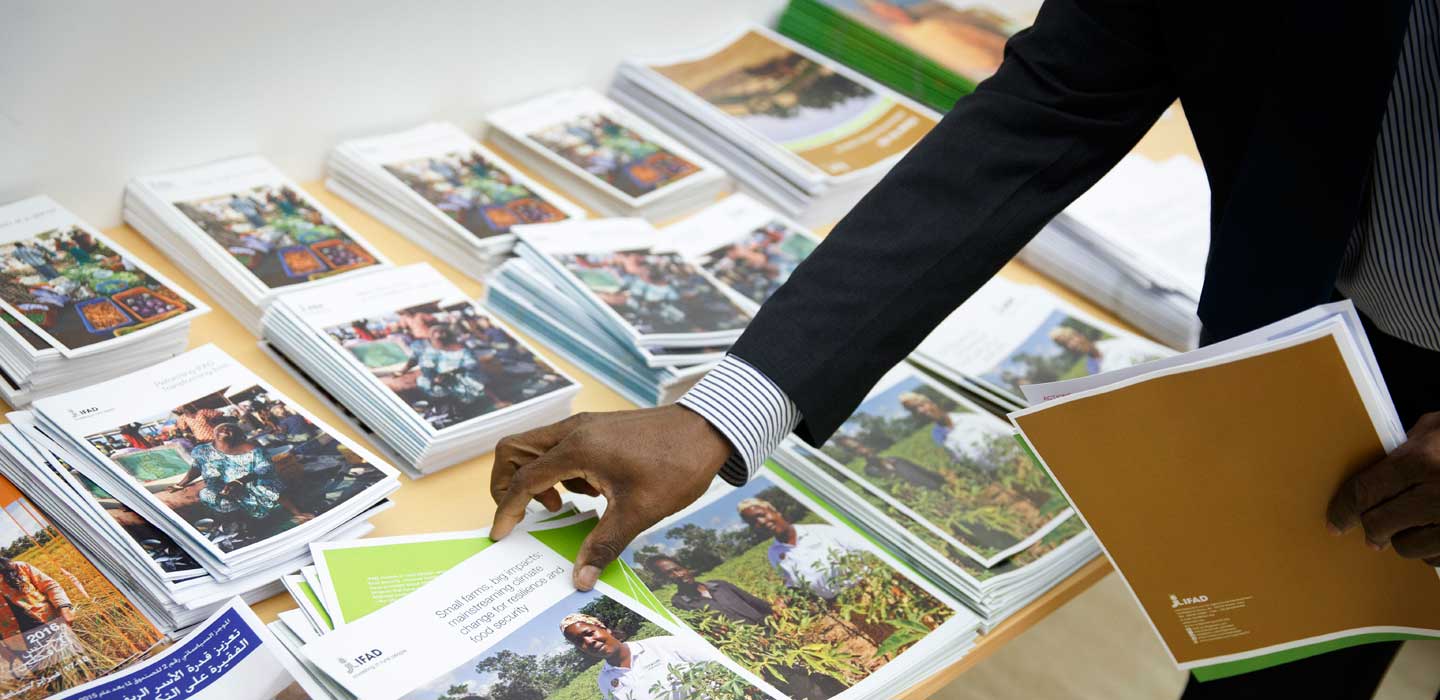Factsheets

صحف الحقائق
عرض القائمة
Search Results Filters
نتائج البحث
ASAP Burundi factsheet
سبتمبر 2015
Project activity has been classified into separate components, however they all come together to deliver the same overall objective. One component revolves around sustainable growth and capacity building. It will focus efforts on things such as improvements to infrastructure and hydro agriculture; developing wetlands and watershed areas.
ASAP Uganda factsheet
سبتمبر 2015
The project work will be split into two components. The first will deal with Rural Livelihoods and the second with Market Linkages and Climate Resilient Infrastructure.
PRELNOR will enable smallholder farmers to improve their productivity to a level where there is enough surplus production that the farmer can sell at market.
PRELNOR will enable smallholder farmers to improve their productivity to a level where there is enough surplus production that the farmer can sell at market.
GEF Mexico factsheet
سبتمبر 2015
The project objective is to strengthen sustainable forest management in the
project area and develop local capabilities, leading to the reduction of carbon
emissions from deforestation and the increase of carbon sequestration
through the financing of initiatives for the most vulnerable. Project operations
are focused in 25 municipalities, in which 83 per cent of the population are
indigenous peoples.
project area and develop local capabilities, leading to the reduction of carbon
emissions from deforestation and the increase of carbon sequestration
through the financing of initiatives for the most vulnerable. Project operations
are focused in 25 municipalities, in which 83 per cent of the population are
indigenous peoples.
Investing in rural people in Colombia
سبتمبر 2015
Since the 1990s, Colombia has experienced sustained, strong economic growth. However, it is one of the most unequal countries in the world. The gap between urban and rural areas is particularly wide. While the incidence of poverty is 27.8 per cent of the population at the national level, 40.3 per cent of rural people live in poverty. The percentage is even higher among indigenous peoples and communities of African descent. The agricultural sector represents 6.1 per cent of Colombia’s GDP and 16.3 per cent of employment. However, these figures could be even higher because the country has huge agricultural potential.
Addressing climate change in Latin America and the Caribbean
أغسطس 2015
Projections of the Intergovernmental Panel on Climate Change (IPCC) indicate that, in the future, warming in Latin America could range from 1-4 degrees Celsius to 2-6 degrees Celsius, depending on the various climate scenarios. As land-use changes in Latin America have intensified the use of natural resources, land degradation and desertification have accelerated. The IPCC predicts that, by the 2050s, about 50 per cent of agricultural land in the region will be subject to desertification, and in some areas salinization. From the Amazon rainforest and the high mountains of the Andes to the coral reefs of the Caribbean and the coastal waters of the Gulf of Mexico, Latin America and the Caribbean is host to unique ecosystems and biodiversity of global importance. Despite the region’s relatively small contribution to global warming, its natural environments and resource-dependent economies are threatened by the impact of climate change, and poor and marginalized rural communities are at greatest risk.